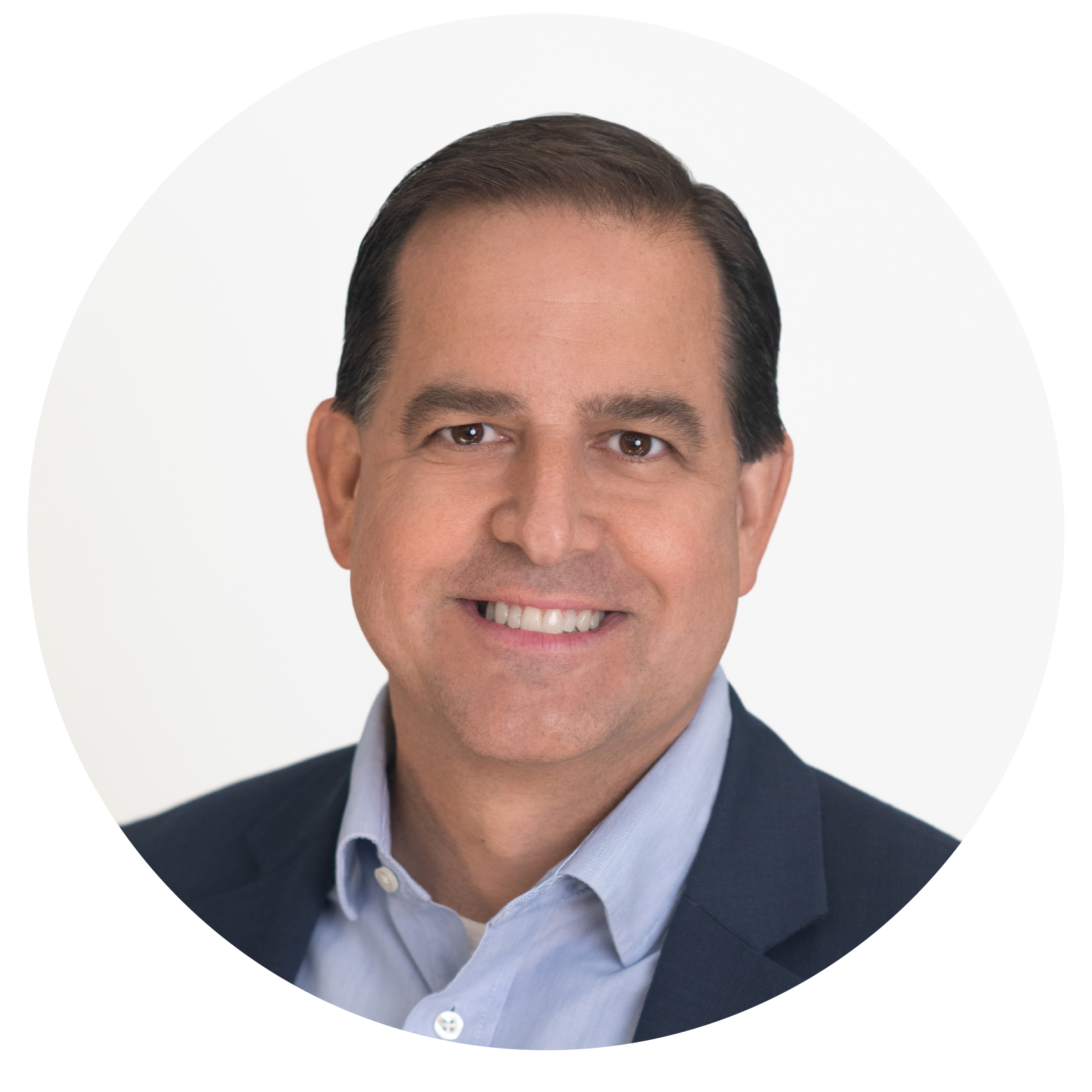
It’s time to start planning for IRS reporting deadlines under the Affordable Care Act. Use this information to get ready.
With health plan requirements on the horizon, now is a good time to note your 2024 reporting deadlines under the Affordable Care Act (ACA).
You must file Forms 1094-C and 1095-C or Forms 1094-B and 1095-B with the IRS by:
- Feb. 28, 2025 (paper filing)
- March 31, 2025 (electronic filing)
Note: Virtually every employer will need to file electronically. Prior to last year, you could file by paper if you had less than 250 forms. Now, you must file electronically if you have 10 or more aggregate forms. This aggregate number includes W-2 and 1099 forms, in addition to Forms 1094-C, 1095-C, 1094-B or 1095-B.
The recently enacted Paperwork Burden Reduction Act relieves employers from the requirement to provide Form 1095-C or Form 1095-B to covered individuals as long as they have the ability to request Form 1095. The law firm Seyfarth Shaw LLP notes that you must inform covered individuals of their right to request Form 1095-B or 1095-C. If a covered individual requests Form 1095, you must provide it to them by the later of Jan. 31 or 30 days after they make their request.
Which forms apply
You qualify as an applicable large employer (ALE) for the current calendar year if you had an average of 50 or more full-time employees, including full-time equivalent employees, during the prior calendar year. You are considered a small employer if you averaged fewer than 50 full-time employees.
Forms 1094-C and 1095-C
If you are an ALE, you will file Forms 1094-C and 1095-C to provide information on offers of health coverage and enrollment for employees and their dependents. The IRS uses these forms to determine premium tax credit eligibility and employer shared responsibility provisions.
- Form 1095-C is a form you provide to every individual who qualified as a full-time employee during any month of the calendar year and who requests this form.
- Form 1094-C is a transmittal form you send to the IRS. It includes your identification and the number of 1095-C forms you are submitting.
Forms 1094-B and 1095-B
If you are a small employer offering a self-insured health plan that meets the requirements for minimum essential coverage, you will file Forms 1094-B and 1095-B. For fully insured plans, insurance issuers and carriers must also file Forms 1094-B and 1095-B.
- Form 1095-B includes information on minimum essential coverage. It is reported to the IRS and any qualifying employees who request this form.
- Form 1094-B is a transmittal form you send to the IRS. It includes your identification and the number of 1095-B forms you are submitting.
For more filing information
Before you file, check the IRS instructions:
For more information about ACA requirements and filing deadlines, talk to your insurance broker or benefits advisor
Contact Us
At OneGroup, we prioritize keeping you informed of legislation and compliance updates through our comprehensive service model. We work as an extension of your HR team throughout the year, allowing you to focus on your core responsibilities. Reach out to our Employee Benefits team and we’ll be happy to help.
This content is for informational purposes only and not for the purpose of providing professional, financial, medical or legal advice. You should contact your licensed professional to obtain advice with respect to any particular issue or problem. Please refer to your policy contract for any specific information or questions on applicability of coverage.
Please note coverage can not be bound or a claim reported without written acknowledgment from a OneGroup Representative.
This content is for informational purposes only and not for the purpose of providing professional, financial, medical or legal advice. You should contact your licensed professional to obtain advice with respect to any particular issue or problem.
Copyright © 2024 Applied Systems, Inc. All rights reserved.













